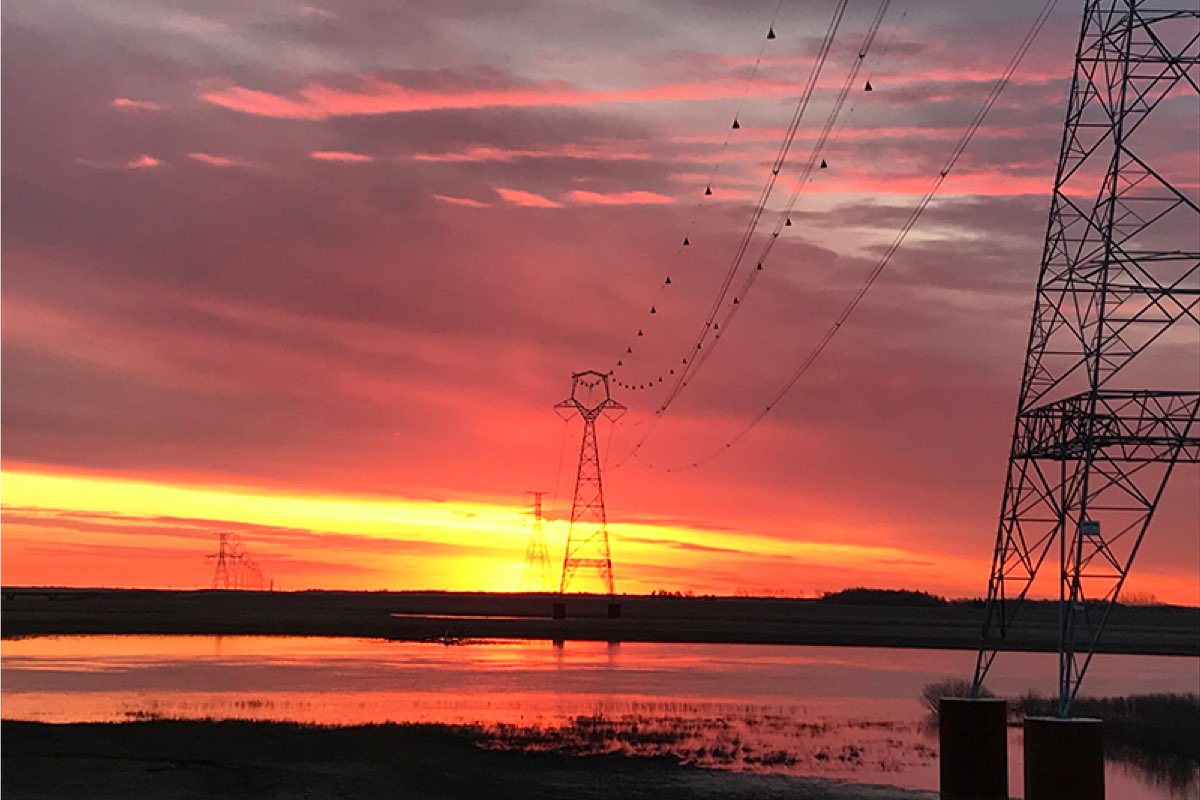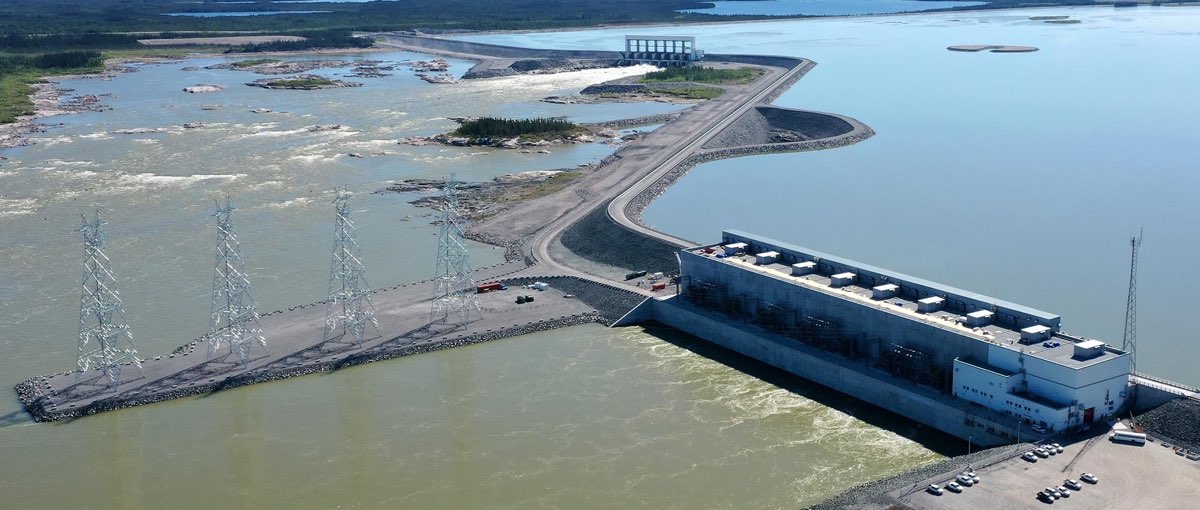Interconnections ensure dependable, reliable service

Today, utility customers across North America rely on the continuous availability of electricity. Whether it be boiling water for coffee every morning, running computers, or powering factories across the continent, a reliable supply of electricity is critical to the modern world.
But with so many people around the continent taking on the same routines around the same time and using electricity to go about their daily lives, demand fluctuates – and the supply needs to be there, waiting in the wings for when that switch is flipped, ready to meet the needs of individuals and industry. And transmission interconnections between utilities throughout North America help ensure that power is there when it’s needed.
Initially, electrical grids were not built with the needs of the larger continent in mind, as utilities operated independently to serve their individual service territories. These systems evolved beginning in the mid-20th century. Today, interconnections between transmission systems allow utilities to function in a much more coordinated way to help meet the needs of customers beyond traditional operating regions and borders, helping to lower costs and ensure the reliability of the energy supply.
Manitoba Hydro’s transmission system is directly interconnected with the transmission systems of other utilities in Ontario and Saskatchewan in Canada and Wisconsin, Minnesota and North Dakota in the U.S. These vital interconnections strengthen system resiliency and ensure efficient transmission of electricity across the continent. System operators utilize these transmission networks to coordinate the start-up or dial-back of generating stations and other infrastructure in response to sudden shifts in demand driven by the weather, equipment failure, or unexpected events.
As a coordinating member of the Midcontinent Independent System Operator (MISO) energy market, Manitoba Hydro plays a pivotal role in the sale and transfer of power in a much larger region that spans from Manitoba in the north to Montana in the west to Wisconsin in the east and south to Texas, Louisiana and Mississippi.
Interconnections are a key part of the asset portfolio of the modern utility. Manitoba Hydro pursues interconnections for a variety of reasons including surplus sales, purchases during droughts or emergencies, system resiliency, and sharing system reserves.
“While neighbouring utilities are focused on transitioning from fossil fuel to non-carbon emitting resources such as wind and solar, our hydropower remains an attractive non-carbon emitting supply, and a flexible and dispatchable source of generation that is critical to complement these resources when the wind doesn’t blow and the sun doesn’t shine,” said Daryl Maxwell, manager of Manitoba Hydro’s Interconnections department.
“It’s important that we have a perpetual outlet for our surplus power. We design our system to supply Manitoba customers with sufficient electricity every year including the lowest water flow years, which means that in normal water flow years we have surplus power to sell to our neighbours. We also help our neighbours when they’re in need and buy power from them in our times of need.”
These arrangements use interconnections for the bilateral flow of power. A good example of this bilateral flow of power between neighbouring utilities can be found in the seasonal diversity capacity exchange between utilities in the U.S. and Canada.
In the U.S., peak load typically occurs in the hot summer months when air conditioners are in use. Manitoba’s peak load occurs in the cold winter months, due to a high electric heating load. Rather than individual utilities building extra generation to supply their peak season load, we work together by entering into diversity agreements that use transmission interconnections so that Manitoba Hydro sells power in the summer season and purchases power in the winter season. This allows Manitoba Hydro to avoid building expensive generation that is only required for the winter season.
“We’re tightly coupled with more than one interconnection,” said Maxwell. “Which means more opportunity to sell power during the peak periods and purchase power when needed in Manitoba, and fewer power outages for customers across the Midwest in both Canada and the U.S.”
The beginning of interconnections in Manitoba
In 1930, the Dominion of Canada issued Manitoba a license to build the first U.S. interconnection. The potential for a power interconnections network was in its infancy. The original 33-kV line from the border town of Gretna, MB to the North Dakota border was less than a mile long.
The first major (by modern standards) interconnection between Manitoba Hydro and the United States came in the form of an agreement with Minnesota Power and Light. The 230-kilovolt (kV) Ridgeway to Moranville line was completed in 1976.
Now three 230-kV interconnections connect Manitoba Hydro’s system to utilities in North Dakota and Minnesota. In Canada, three 230-kV and two 115-kV connections link Manitoba Hydro with Saskatchewan to the west, and two 230-kV and one 115-kV lines connected the Manitoba system with Ontario to the east.
The first 500-kV interconnection between Dorsey Station near Winnipeg and Forbes Station near Minneapolis went into service in 1980.
The second 500-kV interconnection – the Manitoba-Minnesota Transmission Project/Great Northern Transmission Line – connects Manitoba Hydro to Minnesota Power from Dorsey Converter Station near Winnipeg to Blackberry Substation near Grand Rapids, MN. The interconnection went into service June 1, 2020.
Looking to the future, Manitoba Hydro’s newest interconnection – a 230-kV transmission line between Birtle, MB and Tantallon, SK – is projected to come into service June 2021.
